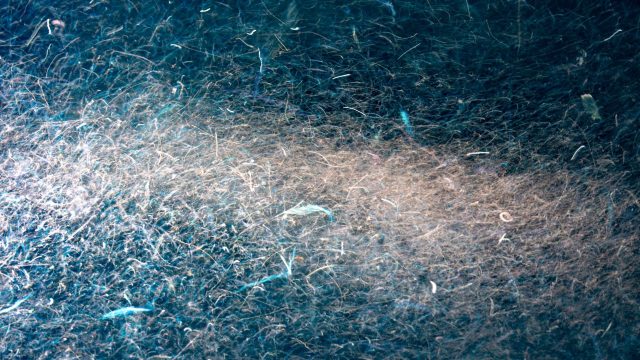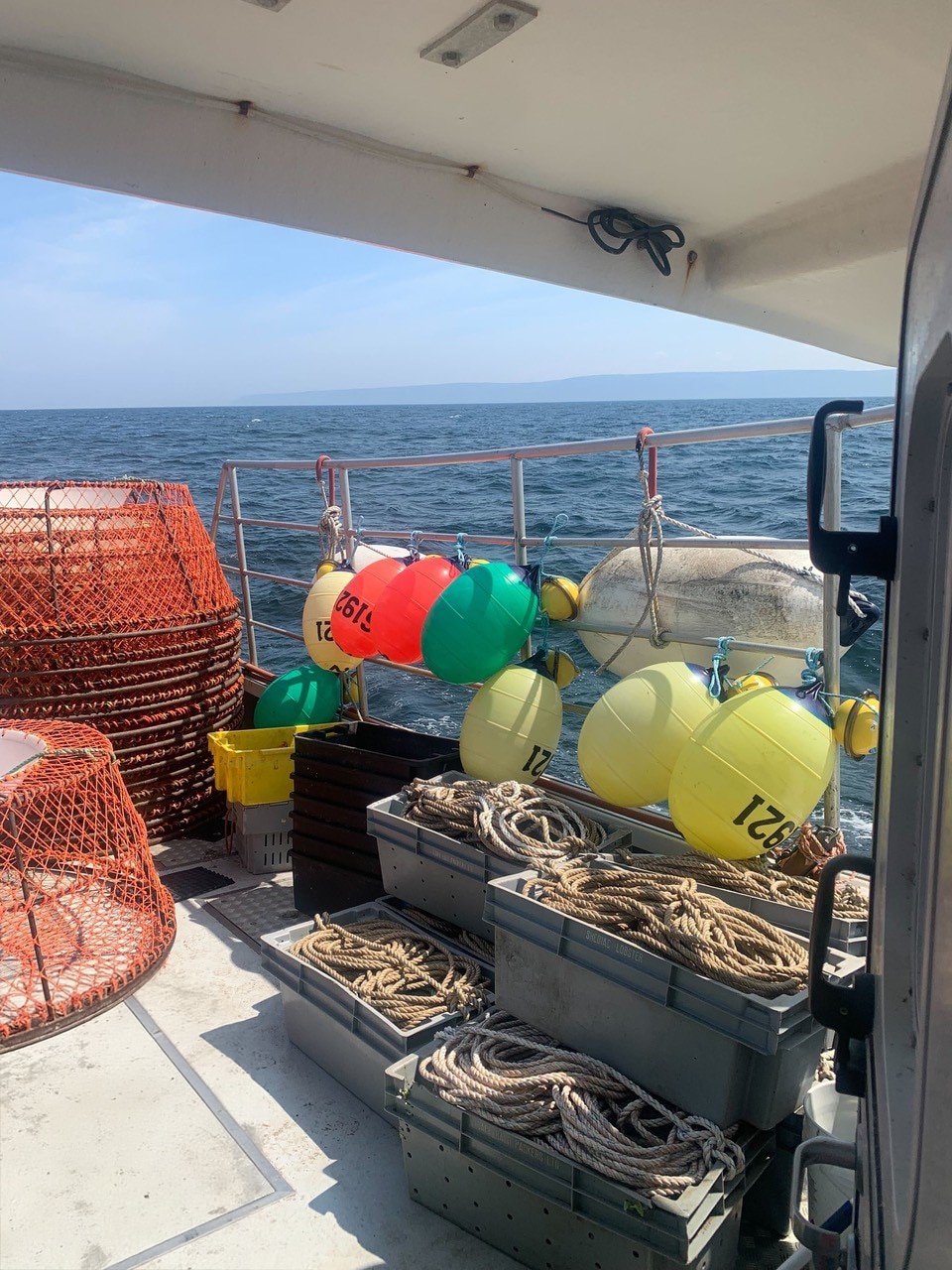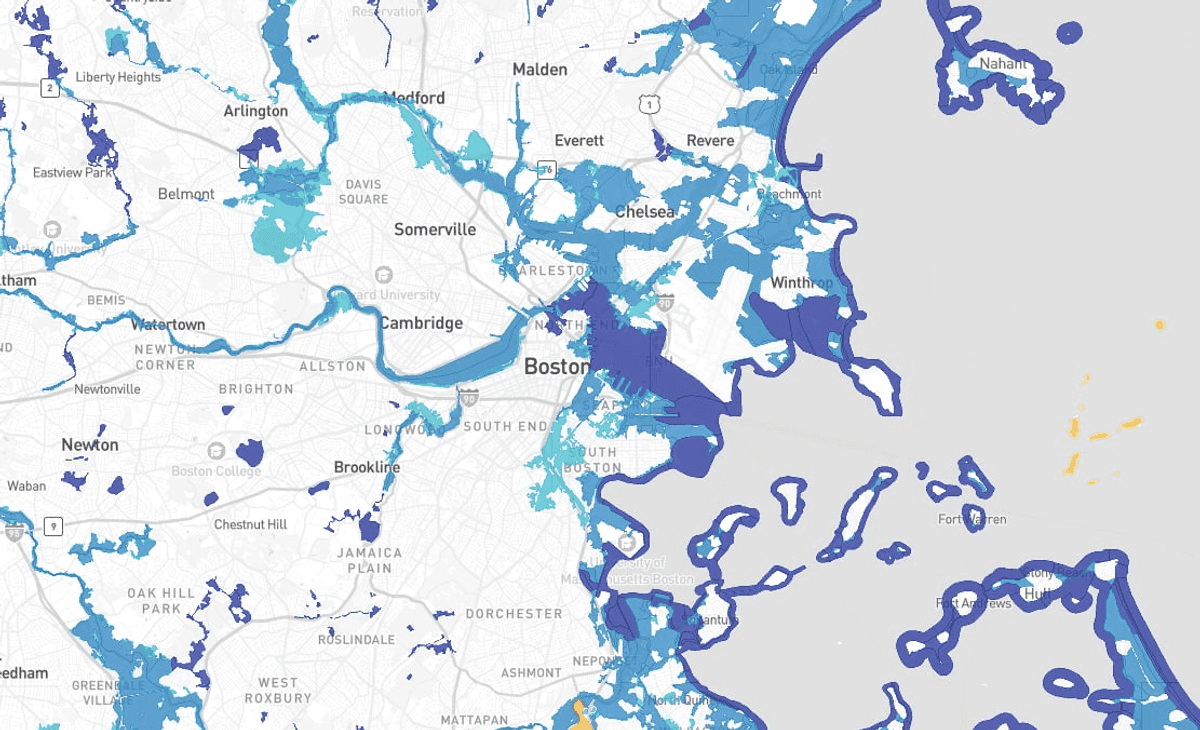Alarm over reports of massive krill catch in the Southern Ocean – WV News

Urgent Governmental Action Required to Address Antarctic Krill Fishery Crisis and Uphold Sustainable Development Goals
Executive Summary
A report issued on July 31, 2025, indicates an unprecedented high catch in the Antarctic krill fishery, prompting an imminent risk of closure. The Antarctic and Southern Ocean Coalition (ASOC) has issued a call for urgent international action. The core issue is identified as the lapse of a critical conservation measure designed to distribute fishing efforts across a wider geographical area, a failure that directly undermines global commitments to sustainability.
Alignment with Sustainable Development Goal 14: Life Below Water
The current crisis represents a significant setback for the achievement of SDG 14, which is dedicated to the conservation and sustainable use of the oceans, seas, and marine resources.
- Target 14.4 (End Overfishing): The historic catch levels are in direct opposition to the goal of effectively regulating harvesting and ending overfishing. The failure to maintain regulatory oversight has led to unsustainable exploitation of a keystone species in the Antarctic ecosystem.
- Target 14.2 (Protect Marine and Coastal Ecosystems): The lapse in conservation management demonstrates a failure to sustainably manage and protect marine ecosystems. Concentrated fishing in a limited area can cause significant adverse impacts on the local food web, which depends on krill.
- Target 14.c (Implement International Law): This situation highlights the critical need to enhance the conservation and sustainable use of oceans by implementing and enforcing international agreements and conservation measures.
Broader SDG Implications
The issue extends beyond SDG 14, impacting other interconnected global goals:
- SDG 12 (Responsible Consumption and Production): The fishery’s current operational status fails to ensure sustainable production patterns. The lapse in regulation is a clear departure from the sustainable management and efficient use of natural resources as mandated by Target 12.2.
- SDG 17 (Partnerships for the Goals): The call to action from ASOC underscores the necessity of global partnerships. Effective ocean governance requires robust cooperation between governments, non-governmental organizations, and international bodies to enforce conservation measures and achieve shared sustainability objectives.
Recommendations and Path Forward
In response to the report and in alignment with the Sustainable Development Goals, the following actions are urgently required:
- Immediate international intervention to address the regulatory failure and mitigate ecological damage.
- Reinstatement and strengthening of conservation measures that require the geographical distribution of fishing efforts to protect the marine ecosystem.
- A renewed commitment from world governments to uphold international agreements that support SDG 14, ensuring the long-term viability of marine life and the sustainable management of ocean resources.
1. Which SDGs are addressed or connected to the issues highlighted in the article?
SDG 14: Life Below Water
- The article’s central theme is the Antarctic krill fishery, a marine resource. It discusses the threat of overfishing (“unprecedented high catch”) and the failure of conservation measures, which directly relates to the goal of conserving and sustainably using the oceans, seas, and marine resources.
SDG 12: Responsible Consumption and Production
- The “unprecedented high catch” of krill points to unsustainable production and harvesting patterns. The issue stems from a failure to manage the consumption of a natural resource (krill) responsibly, which is a core concern of SDG 12.
SDG 17: Partnerships for the Goals
- The article mentions the “Antarctic and Southern Ocean Coalition (ASOC)” calling on “world governments to take urgent action.” This highlights the need for multi-stakeholder partnerships and international cooperation to address environmental challenges, which is the essence of SDG 17.
2. What specific targets under those SDGs can be identified based on the article’s content?
SDG 14: Life Below Water
- Target 14.2: “By 2020, sustainably manage and protect marine and coastal ecosystems to avoid significant adverse impacts…” The article discusses the lapse of a “key conservation regulation” designed to protect the Antarctic marine ecosystem by distributing fishing geographically. The high catch represents a significant adverse impact.
- Target 14.4: “By 2020, effectively regulate harvesting and end overfishing…” The “unprecedented high catch” is a direct example of potential overfishing that needs to be regulated. The call for “urgent action” is a call to re-establish effective regulation of harvesting to restore the sustainability of the krill stock.
SDG 12: Responsible Consumption and Production
- Target 12.2: “By 2030, achieve the sustainable management and efficient use of natural resources.” The article highlights the unsustainable management of a natural resource (krill) due to the lapse of a conservation regulation, leading to a “historic catch amount.”
SDG 17: Partnerships for the Goals
- Target 17.14: “Enhance policy coherence for sustainable development.” The lapse of a “key conservation regulation” demonstrates a breakdown in policy coherence for the sustainable management of the krill fishery.
- Target 17.16: “Enhance the global partnership for sustainable development…” The action of the ASOC, a coalition, calling on “world governments” exemplifies a multi-stakeholder partnership advocating for international cooperation to achieve sustainable development.
3. Are there any indicators mentioned or implied in the article that can be used to measure progress towards the identified targets?
Implied Indicators for SDG 14
- For Target 14.4, the article implies Indicator 14.4.1 (Proportion of fish stocks within biologically sustainable levels). The “unprecedented high catch” and the risk of the fishery having to “imminently close” directly relate to the biological sustainability of the krill stock. The catch amount itself serves as a proxy measure of fishing pressure on the stock.
- For Target 14.2, the article implies the use of an ecosystem-based management approach. The specific measure mentioned is the “geographic distribution of fishing,” as the lapsed regulation required the fishery to “distribute fishing over a larger geographic area.” This can be seen as a practical indicator for managing ecosystem impacts.
Implied Indicators for SDG 12
- For Target 12.2, the article implies Indicator 12.2.2 (Domestic material consumption). The “historic catch amount” is a direct measure of the material consumption of this specific natural resource (krill).
4. Create a table with three columns titled ‘SDGs, Targets and Indicators” to present the findings from analyzing the article. In this table, list the Sustainable Development Goals (SDGs), their corresponding targets, and the specific indicators identified in the article.
| SDGs | Targets | Indicators (Mentioned or Implied) |
|---|---|---|
| SDG 14: Life Below Water | 14.2: Sustainably manage and protect marine and coastal ecosystems.
14.4: Effectively regulate harvesting and end overfishing. |
Implied: Geographic distribution of fishing effort.
Implied: 14.4.1 – Proportion of fish stocks within biologically sustainable levels (measured by the “unprecedented high catch” threatening the fishery). |
| SDG 12: Responsible Consumption and Production | 12.2: Achieve the sustainable management and efficient use of natural resources. | Implied: 12.2.2 – Domestic material consumption (measured by the “historic catch amount” of krill). |
| SDG 17: Partnerships for the Goals | 17.14: Enhance policy coherence for sustainable development.
17.16: Enhance the global partnership for sustainable development. |
Implied: Existence and enforcement of conservation regulations.
Implied: Number of multi-stakeholder partnerships (like ASOC) advocating for international action. |
Source: wvnews.com

What is Your Reaction?
 Like
0
Like
0
 Dislike
0
Dislike
0
 Love
0
Love
0
 Funny
0
Funny
0
 Angry
0
Angry
0
 Sad
0
Sad
0
 Wow
0
Wow
0














































































